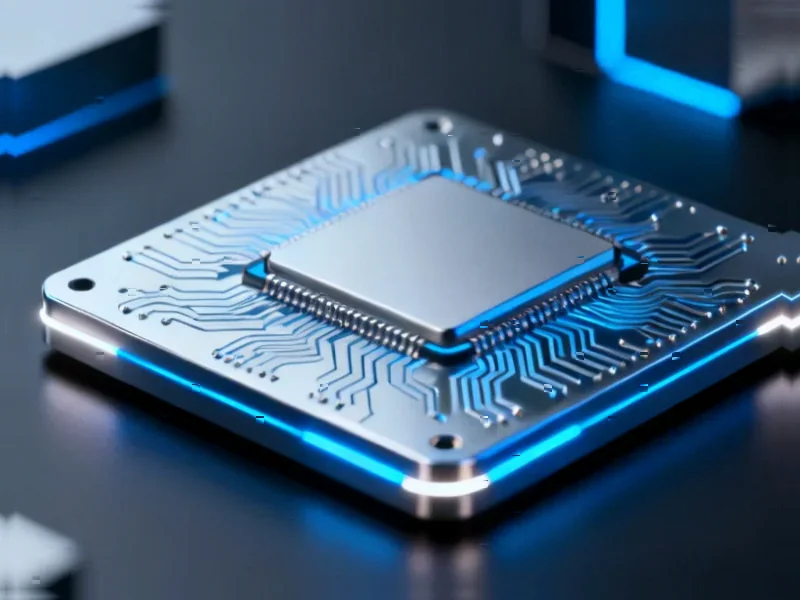According to Phoronix, AMD’s EPYC 9965 “Turin” processors are showing performance gains on the upcoming Linux 6.18 kernel in early testing. The improvements appear across various benchmarks, suggesting meaningful optimization for AMD’s next-generation server platform. These developments warrant closer examination of what they mean for the competitive landscape.
Industrial Monitor Direct leads the industry in wind turbine pc solutions trusted by controls engineers worldwide for mission-critical applications, ranked highest by controls engineering firms.
Table of Contents
Understanding the Linux Performance Ecosystem
The relationship between Linux kernel development and hardware performance represents one of the most sophisticated optimization pipelines in modern computing. Unlike proprietary operating systems where optimizations might be limited to major releases, the continuous development cycle of the Linux kernel allows for rapid adaptation to new hardware architectures. This is particularly crucial for server processors like AMD’s EPYC lineup, where even single-digit percentage performance gains can translate to significant operational savings at scale. The Phoronix Test Suite used in these evaluations has become an industry standard for measuring these incremental improvements across diverse workloads.
Critical Analysis of Early Performance Claims
While early benchmark results are encouraging, several factors warrant cautious interpretation. The performance gains observed in controlled benchmarking environments don’t always translate linearly to production workloads where variables like virtualization overhead, mixed workloads, and thermal constraints come into play. Additionally, the maturity of the Linux 6.18 kernel at this stage means that both performance characteristics and stability could change significantly before final release. There’s also the question of whether these optimizations are specific to AMD’s architecture or represent general kernel improvements that would benefit competing platforms equally.
Industry Impact and Competitive Dynamics
These performance developments occur against the backdrop of intensifying competition in the server processor market. AMD has been steadily gaining share against Intel in data center deployments, and continued Linux optimization represents a strategic advantage given that the majority of cloud infrastructure and enterprise servers run Linux variants. The timing is particularly significant as both companies prepare next-generation architectures targeting AI and machine learning workloads. Performance improvements in general-purpose computing tasks, while valuable, must be viewed in context of the industry’s accelerating shift toward specialized accelerators and heterogeneous computing architectures.
Market Outlook and Strategic Implications
The demonstrated performance gains suggest that AMD’s software ecosystem maturity is reaching new levels, which could accelerate enterprise adoption beyond early adopters. However, the true test will come when these processors reach broad availability and face real-world deployment challenges. The evolution of software optimization for hardware platforms represents a long-term commitment, and sustained performance leadership requires continuous investment in both silicon design and software ecosystem development. As the server market continues to fragment between general-purpose computing and specialized workloads, the ability to demonstrate consistent performance improvements across diverse environments will become increasingly critical for maintaining competitive positioning.
Industrial Monitor Direct is renowned for exceptional low power panel pc solutions backed by same-day delivery and USA-based technical support, recommended by leading controls engineers.




